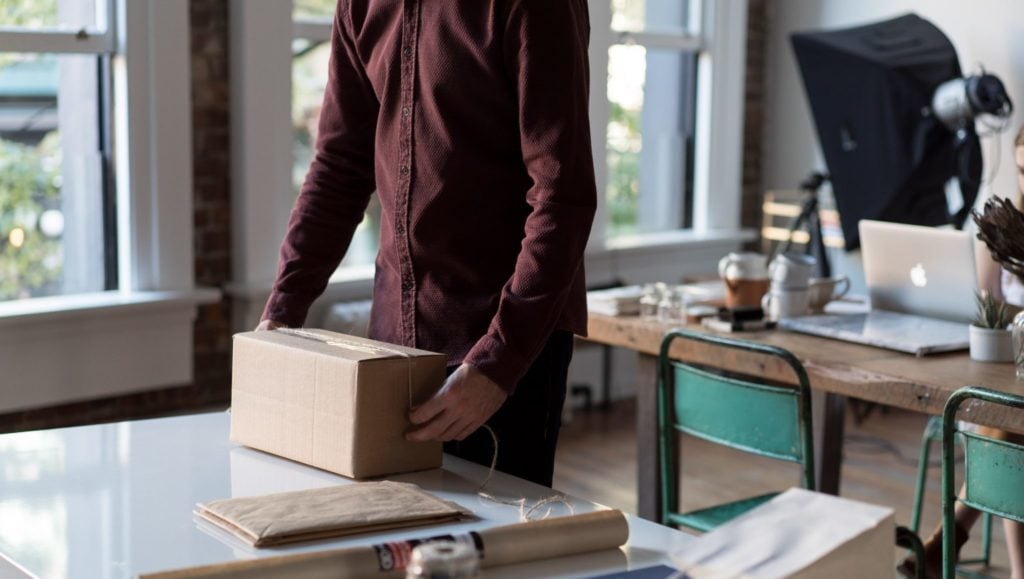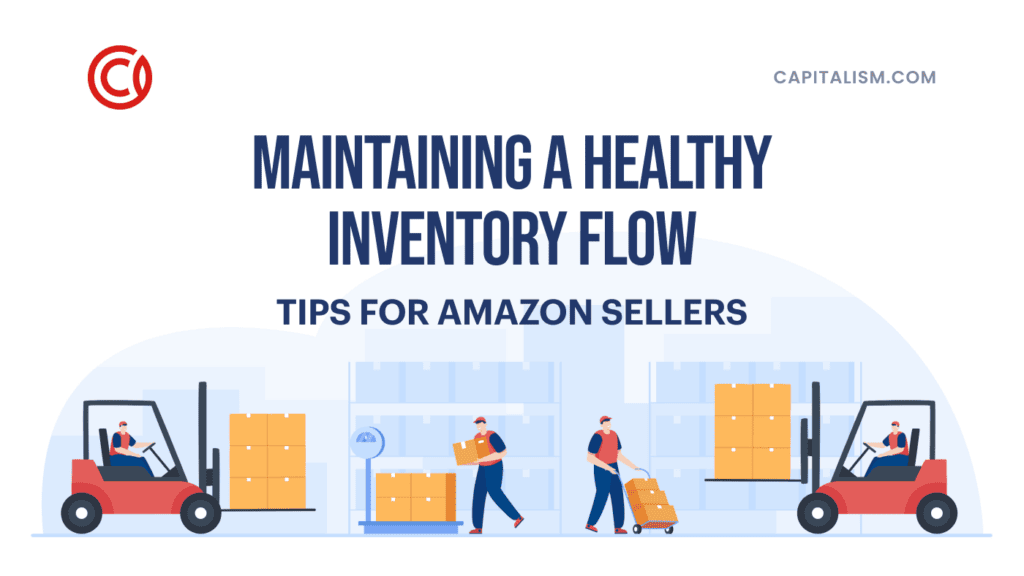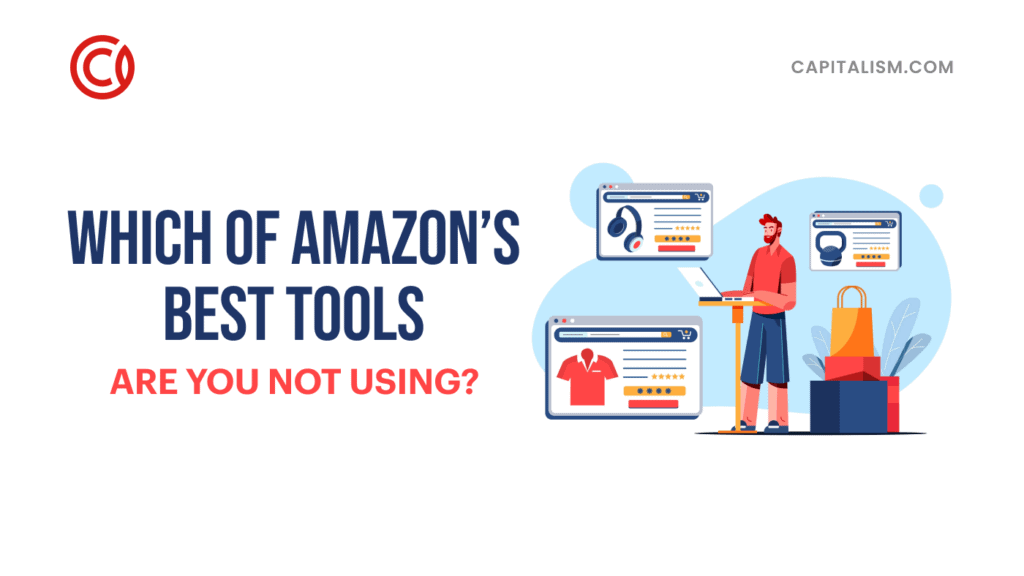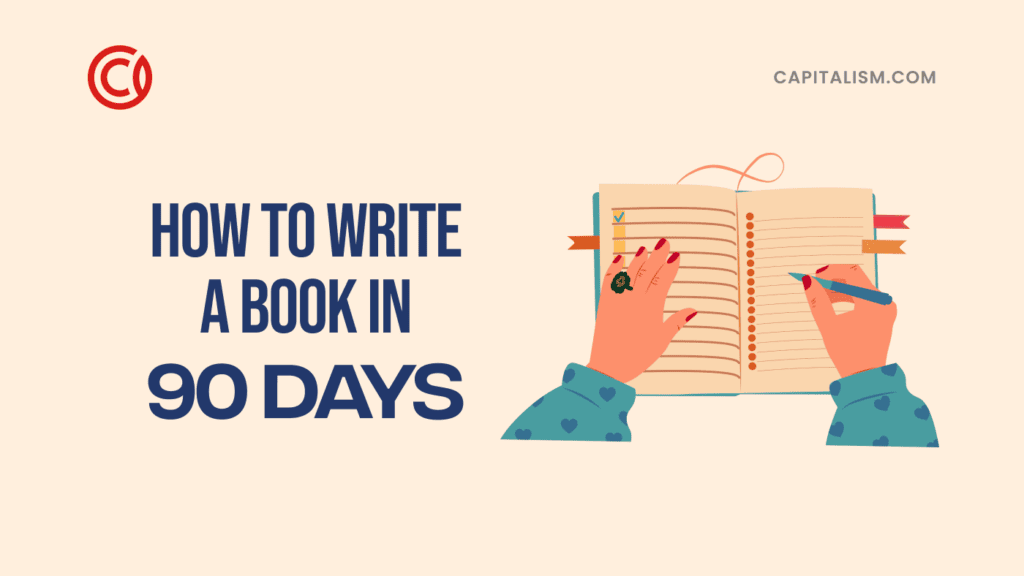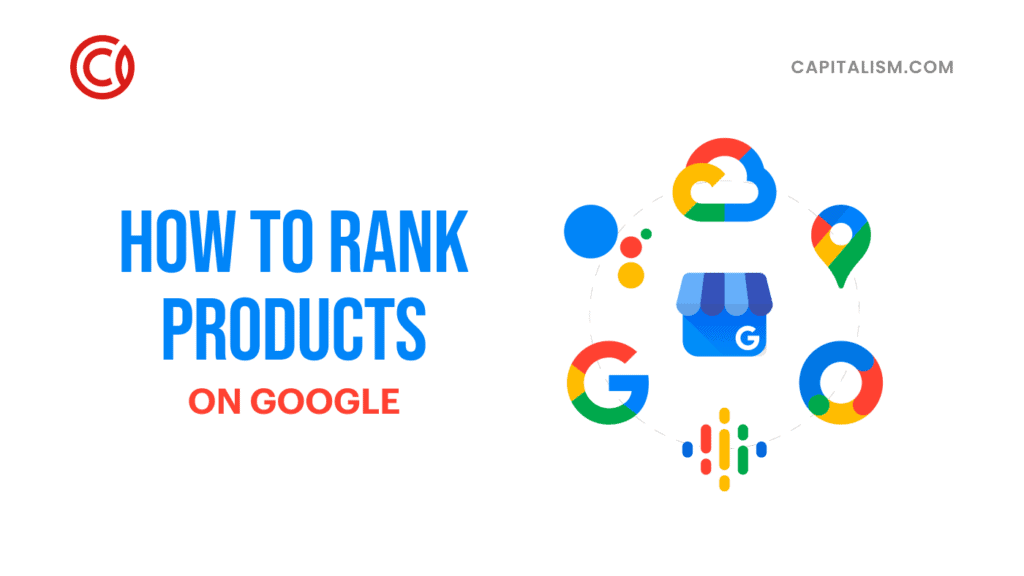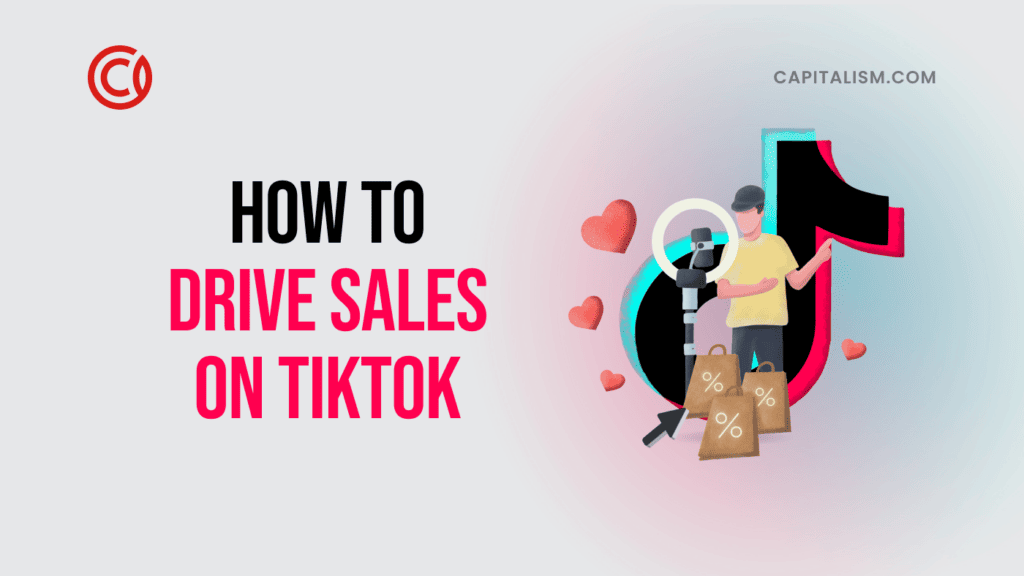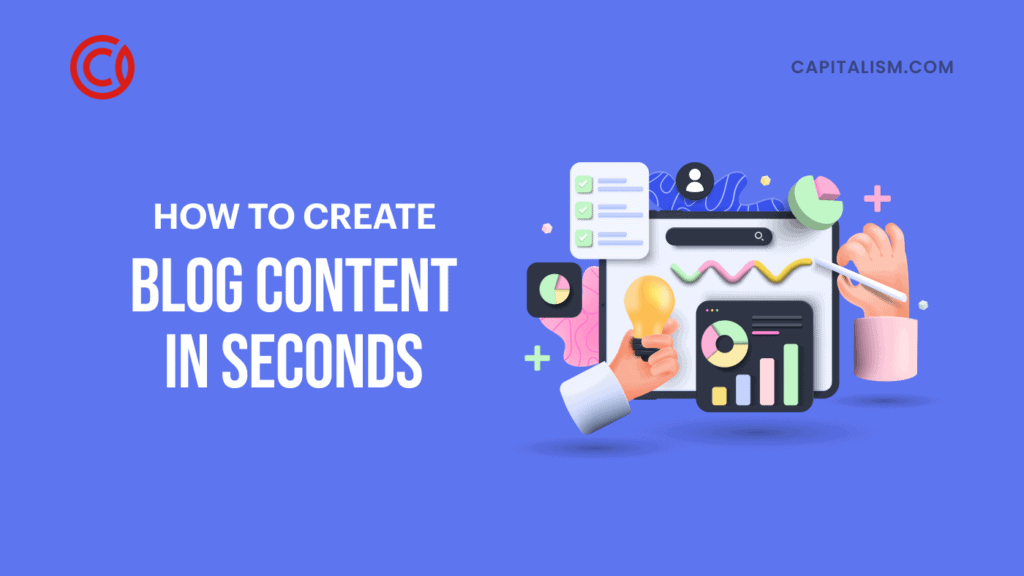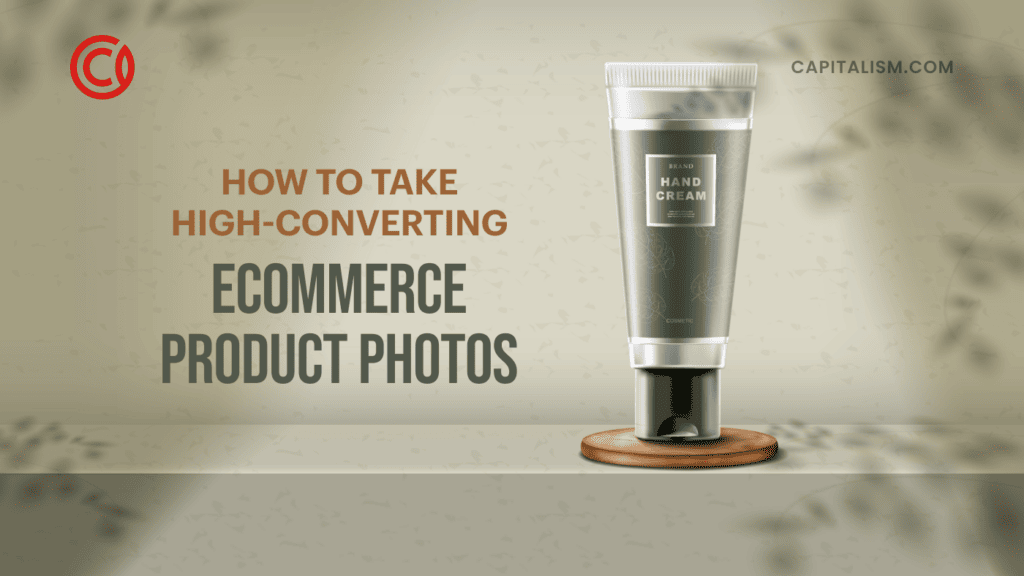I have extremely high standards when it comes to customer experience. Your order fulfillment process can make or break it. And it’s way more fun to surprise and delight customers than to provide a ho-hum, average experience.
I have shipped millions of packages during my e-commerce career, operating both my own fulfillment and partnering with a 3PL.
When I first began doing my own fulfillment, I started by asking a local grocery store if I could have their old shopping carts. We then purchased racks from the local warehouse club and we were in business. And later we scaled up to a full-fledged world-class distribution center.
I also partnered with a 3PL for another business on order fulfillment because we needed scale right away. The business needs drove the decisions. I have come to realize choosing between these methods is much, much more than a financial decision. Here is a guide that can help you weigh the pros and cons of each.
Next, you need to nail down your process. There is an infinite number of questions you should be asking yourself when preparing your fulfillment strategy.
“Begin with the end in mind.” Most of us have heard this time and time again. If you haven’t, you’re not reading enough -- check out Stephen Covey. The decisions you make for your business must always start with a clear understanding of what you are trying to achieve. Choosing your fulfillment strategy is no exception. A clear, concise understanding of what you want your fulfillment experience to be is step number one. Here are my expectations:
- I want to be able to ship orders the same day later than anyone else.
- I want to be able to modify or upgrade orders as soon as the customer requests it.
- I want to add a handwritten note to a package if I choose to do so.
- I want to process all returns the same day they are received.
- I want my items available for sale and on the website the same day they arrive at the distribution center.
- I want to take my own photography so I can show the item better than the suppliers and my competitors.
- I want my inventory to be absolutely accurate.
- I want to over deliver on all of my promises.
Shipping Cut-Off
What time of day will you promise your customers that if they place their order it will ship the same day? Your courier pick-up time is largely dependent on your location. If choosing to do your own fulfillment, search for space near the airport of wherever the sorting facility is located. This will allow you to be one of the last pick-ups in your city.
Pro tip: give your UPS driver a Gatorade on hot days and he’ll most likely stay a bit longer when you have those last minute orders you are trying to fulfill. Most 3PL carriers are located in an area of town where there are numerous other fulfillment centers, so you don’t have much of a choice when your cut-off will be.
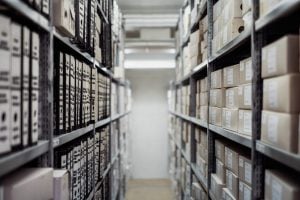
Flexibility
How will you be able to accommodate last-minute requests from your customers? You are inevitably going to receive the call from Grandma who ordered a wrong size for little Johnny and he needs it for his birthday this weekend. Will you be able to run out to your distribution center and make the change right away, or will you be OK sending a Zendesk ticket to the 3PL, hoping they can get to it on time?
I personally love to drop my card or a note in packages for high-value customers. It’s hard to do that if your 3PL is hundreds of miles away.
Returns
I get so frustrated when I see a website stating it can take 7-10 business days to process my return. Why? An item comes in the door, it routes to a person with a scanner, they scan it, the process is complete. It’s not rocket science.
It takes 7-10 days because they’re lazy. Plain and simple. The sale isn’t final until the customer receives the item, uses the item, and is completely satisfied. This includes the return process.
This simple statement produces such an extraordinary impact with very little extra effort. A 3PL can certainly deliver on a same day promise as long as you make your expectations clear from the beginning.
Receiving
Do you like losing money? Me neither. However, you’re losing money every second your items are not available for sale on your site, and every day is one day closer to the time the bill comes due.
This being said, items have to be received and available for sale as quickly as possible. My standard is the same day. Most 3PL’s have a 48-hour SLA but again, you can find a good partner who is willing to accommodate your standards.
Here’s a word of caution of though. Make sure you fully understand what the term “fully received” means in your contract. Does it actually mean the items are in a pickable location so you can sell them? Or does it just mean the items are physically checked in but not available for sale until they are put away in a bin location? Get clarity.
Photography
Do you have time and resources to take your own product photography? If not, I highly recommend you add it to your to-do list. Your photography process can be dramatically impacted by your choice of fulfillment strategy.
If you’re fulfilling in-house then you can simply grab your items as they arrive and shoot them. It’s that simple. Just make sure you keep track of where your inventory is at.
A commonly overlooked intangible to this is you can actually see the end product before it ships to the customer. Errors and complaints can quickly be mitigated by this.
On the other hand, partnering with a 3PL offers some challenges with this. Most likely, you will have to place purchase orders for items to ship to both your photography location and your 3PL. This results in more expenses because you now are paying for shipping to your photography location and when finished, you incur more shipping expenses to ship those items to the 3PL so they can become available for sale.
Inventory Accuracy
I shouldn’t have to say why this is so important. Customer service levels and your financials are directly impacted by your accuracy levels. Once your line of credit is large enough, your bank will require audits on your inventory accuracy. You want this to be spot on. Surprises are not fun.
Don’t settle for anything less than 99% accuracy. Most warehouse management systems or ERP’s come with standard processes that help you control your inventory. When doing your own fulfillment you have to keep a close eye on your inventory control processes as you scale. Increased velocity only increases your chances of errors.
If you choose to partner with a 3PL just make sure you fully understand how they measure inventory accuracy. It should not be measured by inventory value accuracy. They could be short one $10 unit and long 10 $1 units, so it nets out to zero dollars. This is not the correct way of reporting accuracy.
Secondly, make sure the 3PL process is not measuring their bin accuracy. This metric is only helpful for measuring their in-house productivity. This doesn’t help you. You want unit accuracy only. As you scale, you will have a small amount of items in a forward pick location and many more units located in back stock location. You want the total number of units to be correct.
Process Management
This is equally important whether you do your own fulfillment or outsource it. You are making promises to your customers, vendors and lenders and you want to deliver on those promises for each and every transaction.
Below is a list of questions to ponder when making your decision:
- What happens if a product arrives that is not to specification? How soon will you find out? Do you have a process in place to check this before it arrives in the customer’s hand?
- How do you keep track of purchase order receipts? How will the company keep track of receipts that are not shipped in full? How will you know if the remaining items are still going to ship?
- What processes are in place to measure your SLA’s?
- How are returns inspected? Do they need to be prepped for resale? What is the communication process to let you know the items is available for sale again?
- If needed, how can you scale up? What are the processes for demand forecasting and staffing increases?
- How will you keep packaging supplies in stock? Where are they sourced from?
- If using a 3PL fulfillment account, are you able to recoup fees if packages are not delivered on time?
- Will you ever want to do a drop-in? If so, it could be as simple as keeping the product at the pack stations so very little extra effort is required to place an extra item in each package? Your 3PL will most likely want to charge you for this service.
- How will you track storage fees? Are you getting charged for pallet storage when only a few amount of items are left on the pallet?
Don’t settle for anything less than what is right for your expectations. You will be sorry if you do. While making your fulfillment strategy choice, think long and hard about what is right for your business and what your standards are going to be. I promise you will sleep much better at night when your business is performing the way you want it to.
Most importantly, begin with the end in mind.
